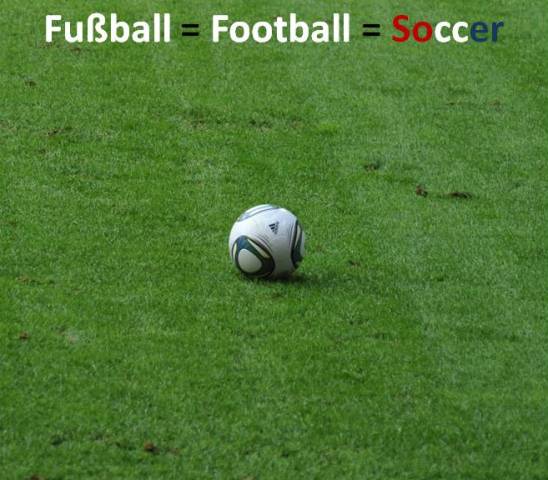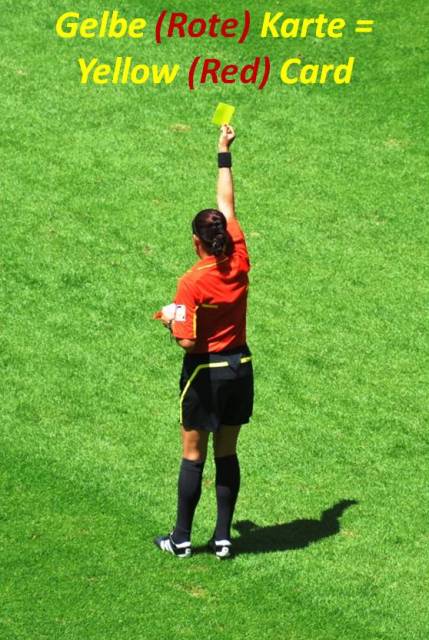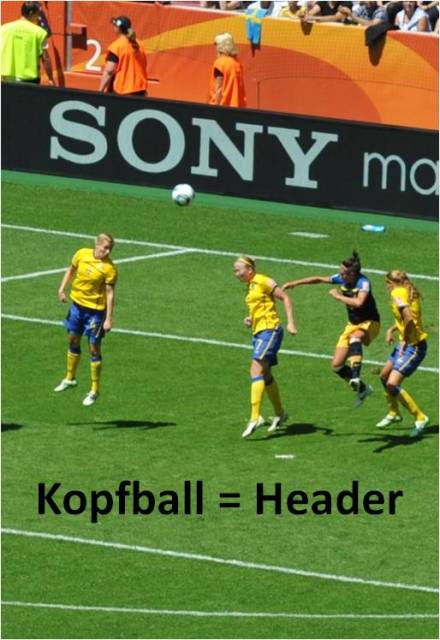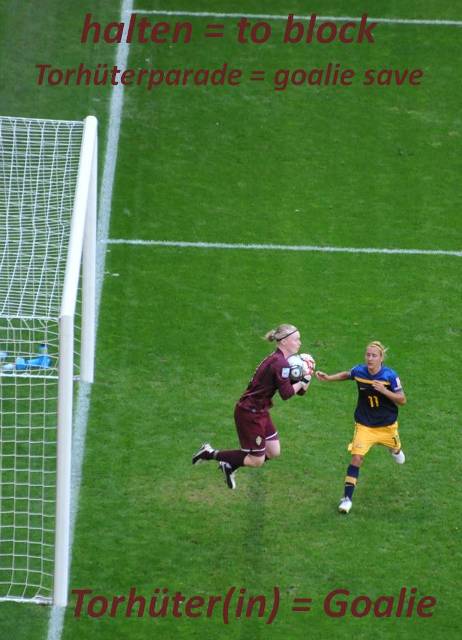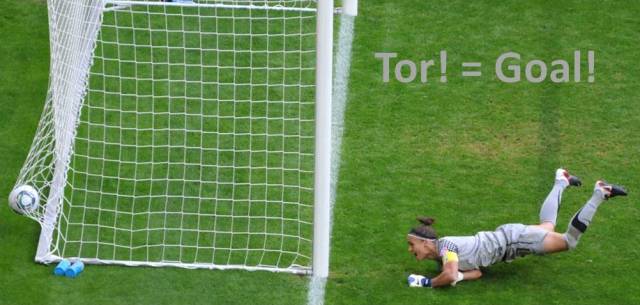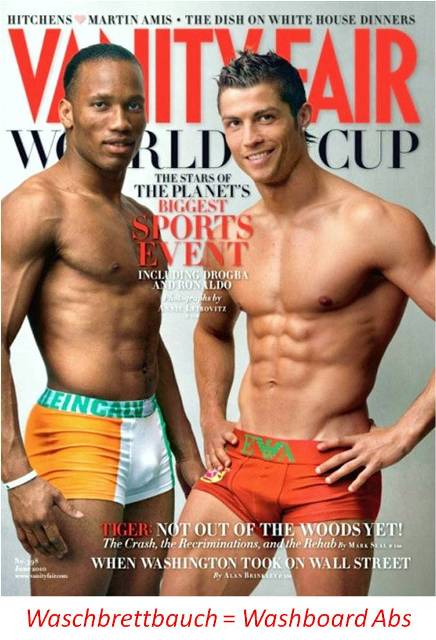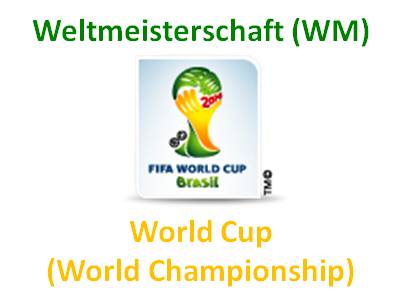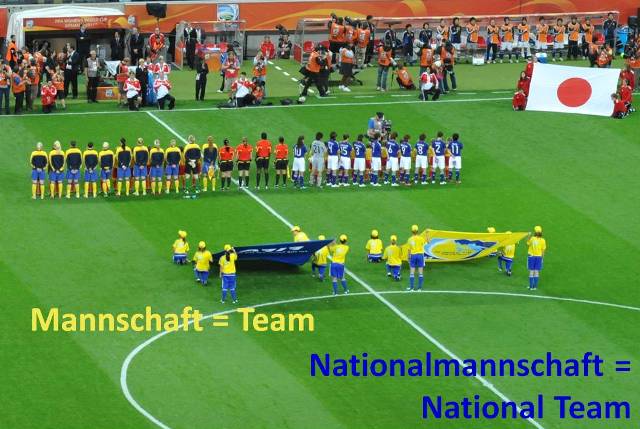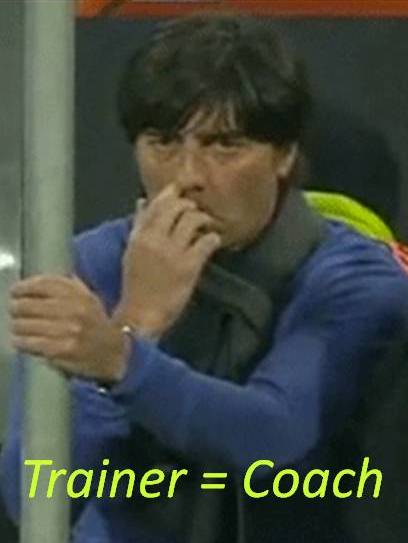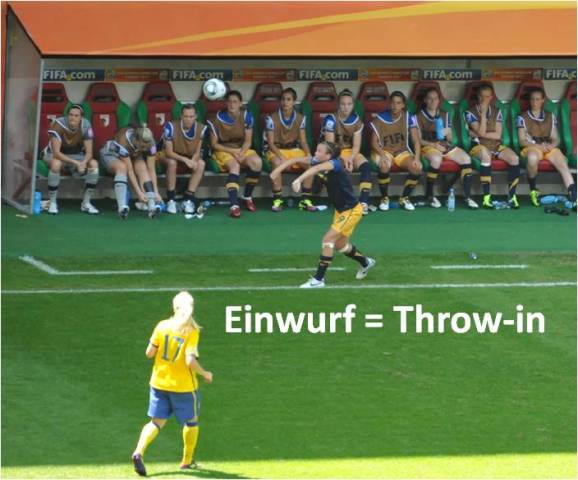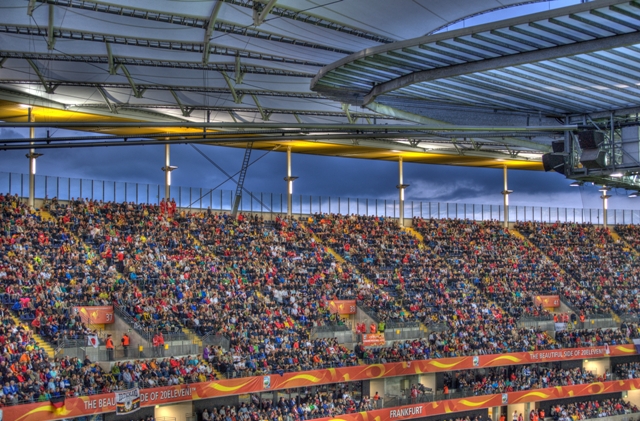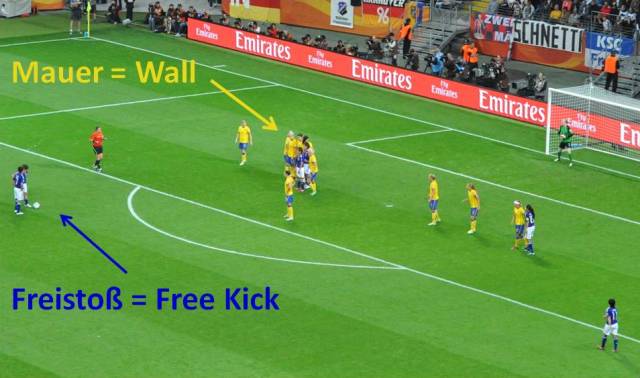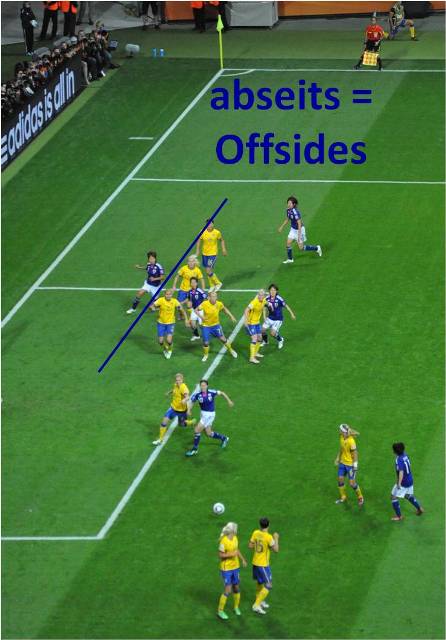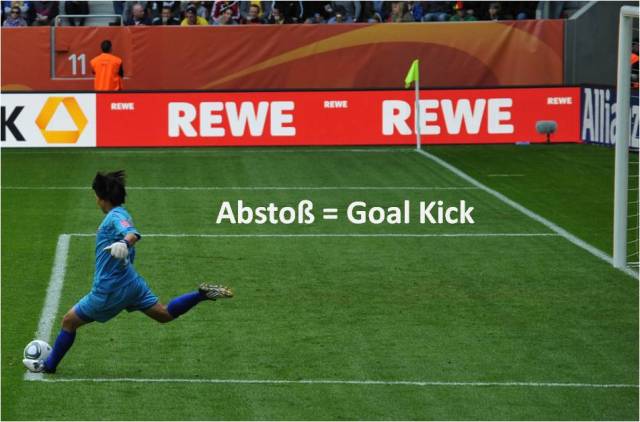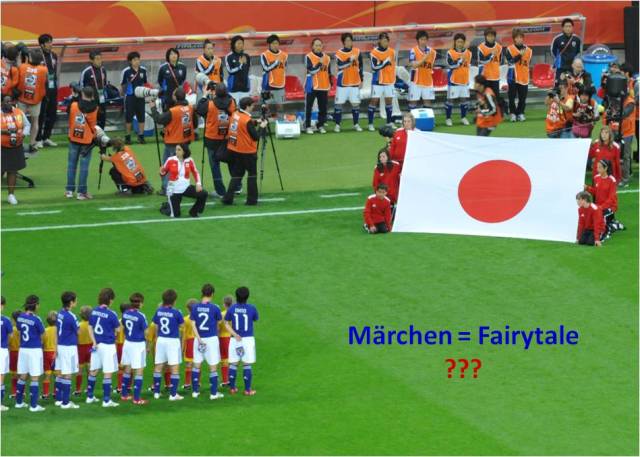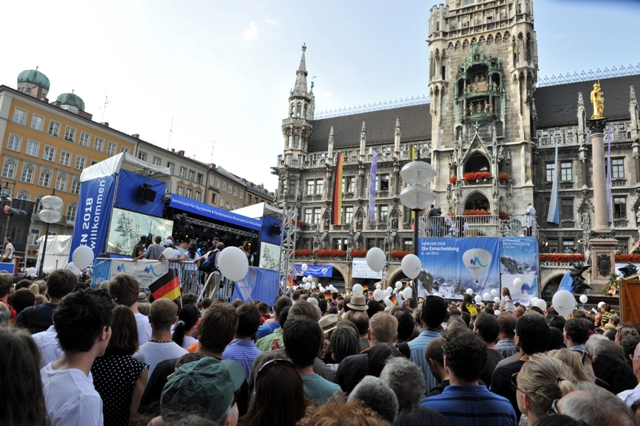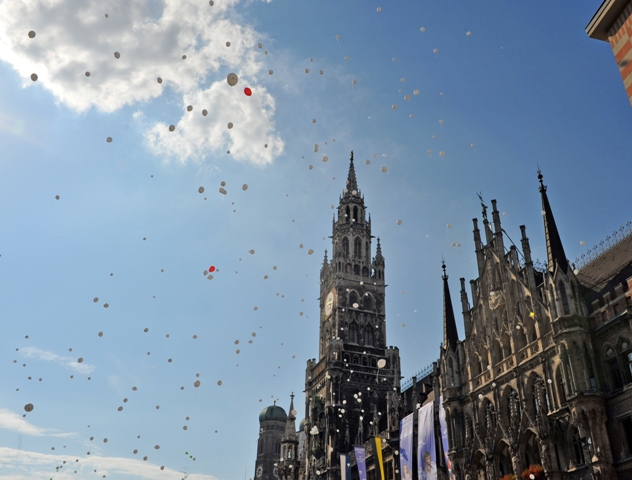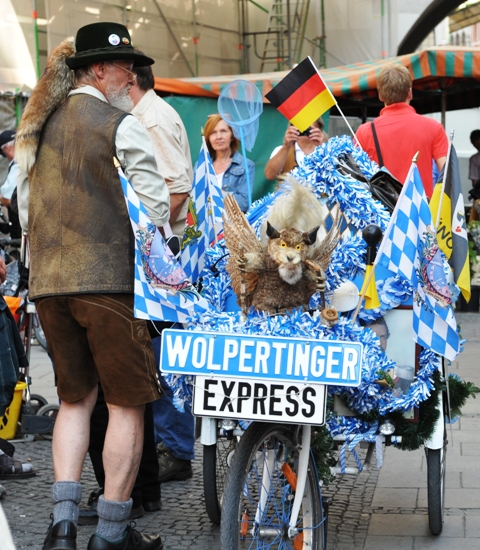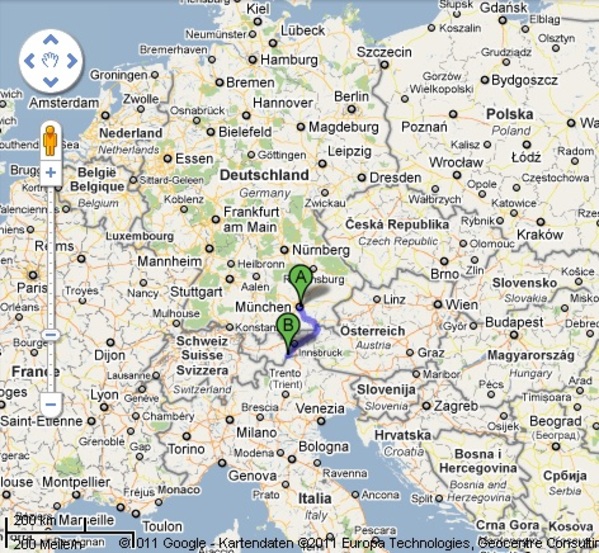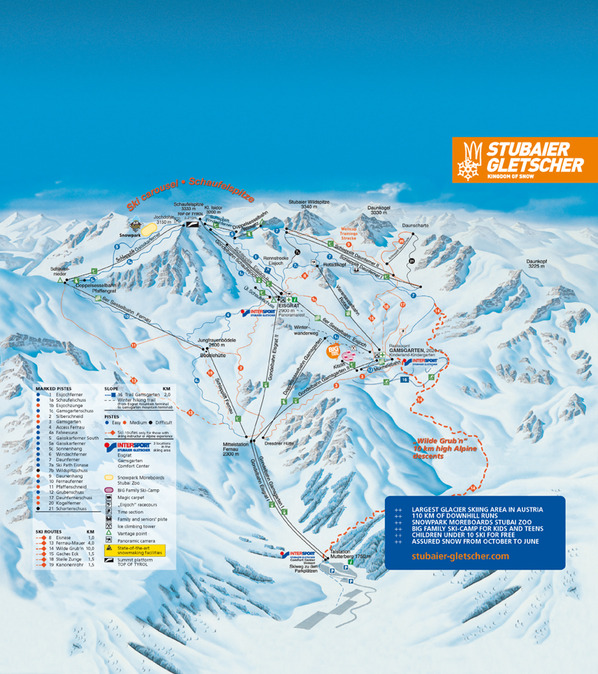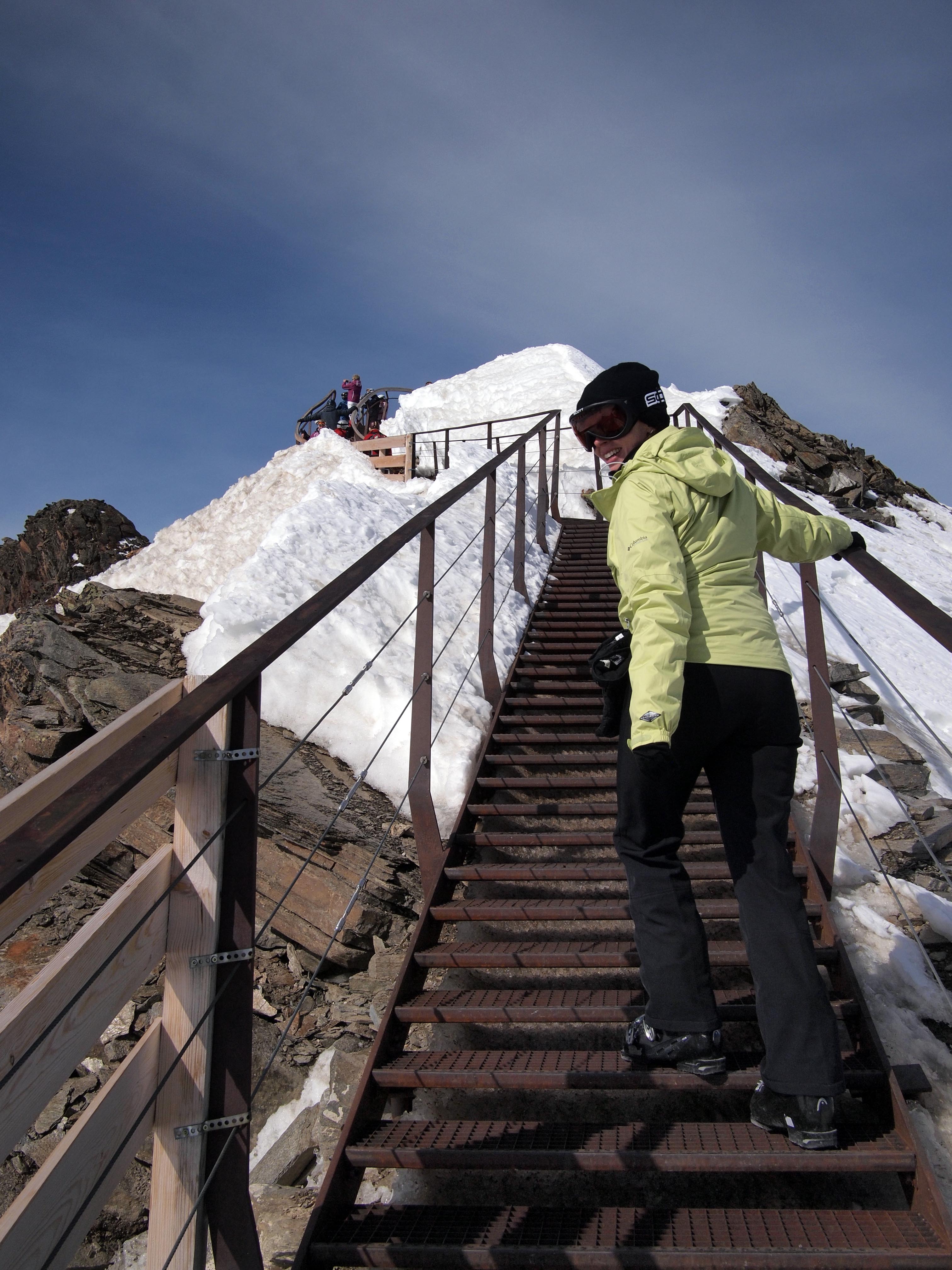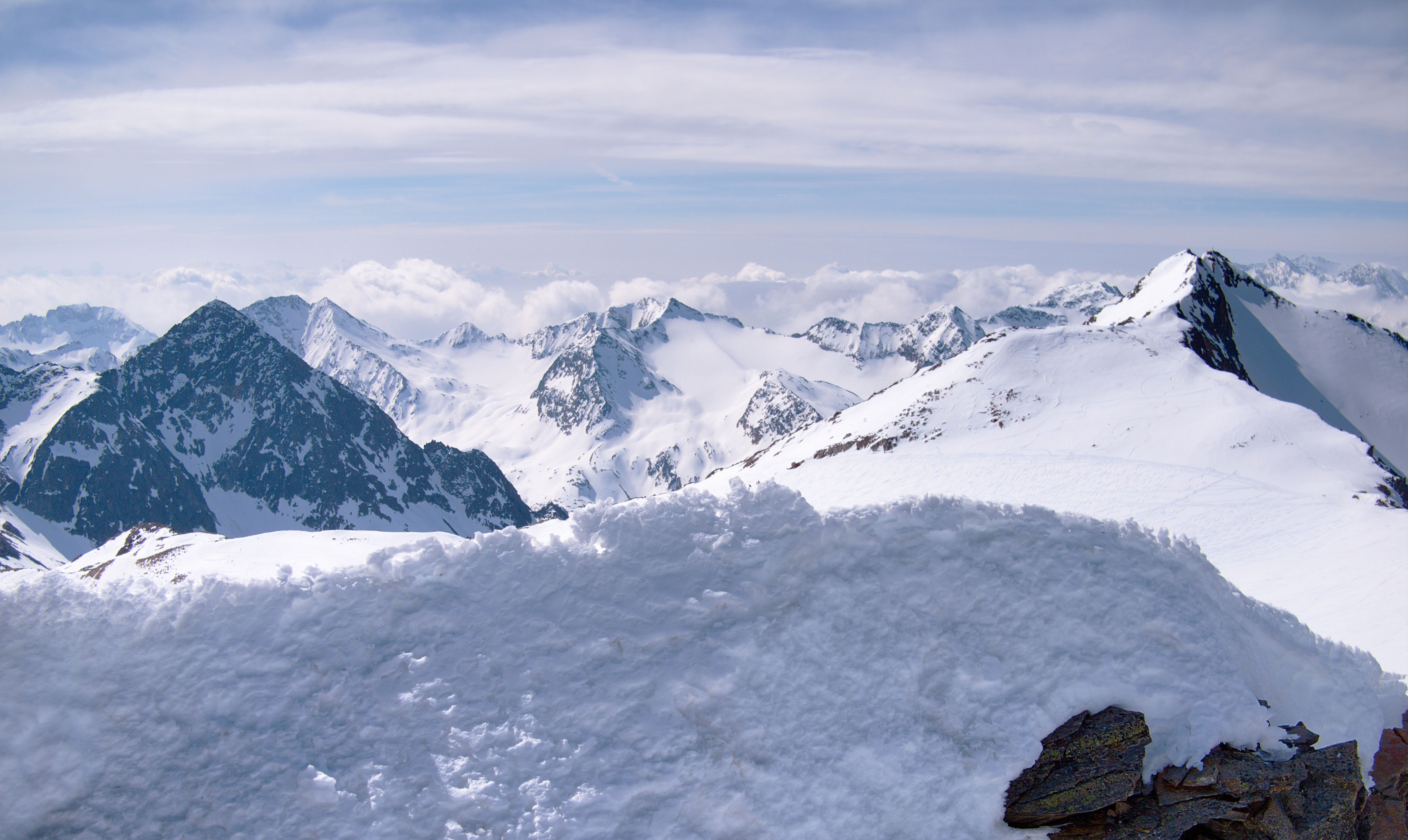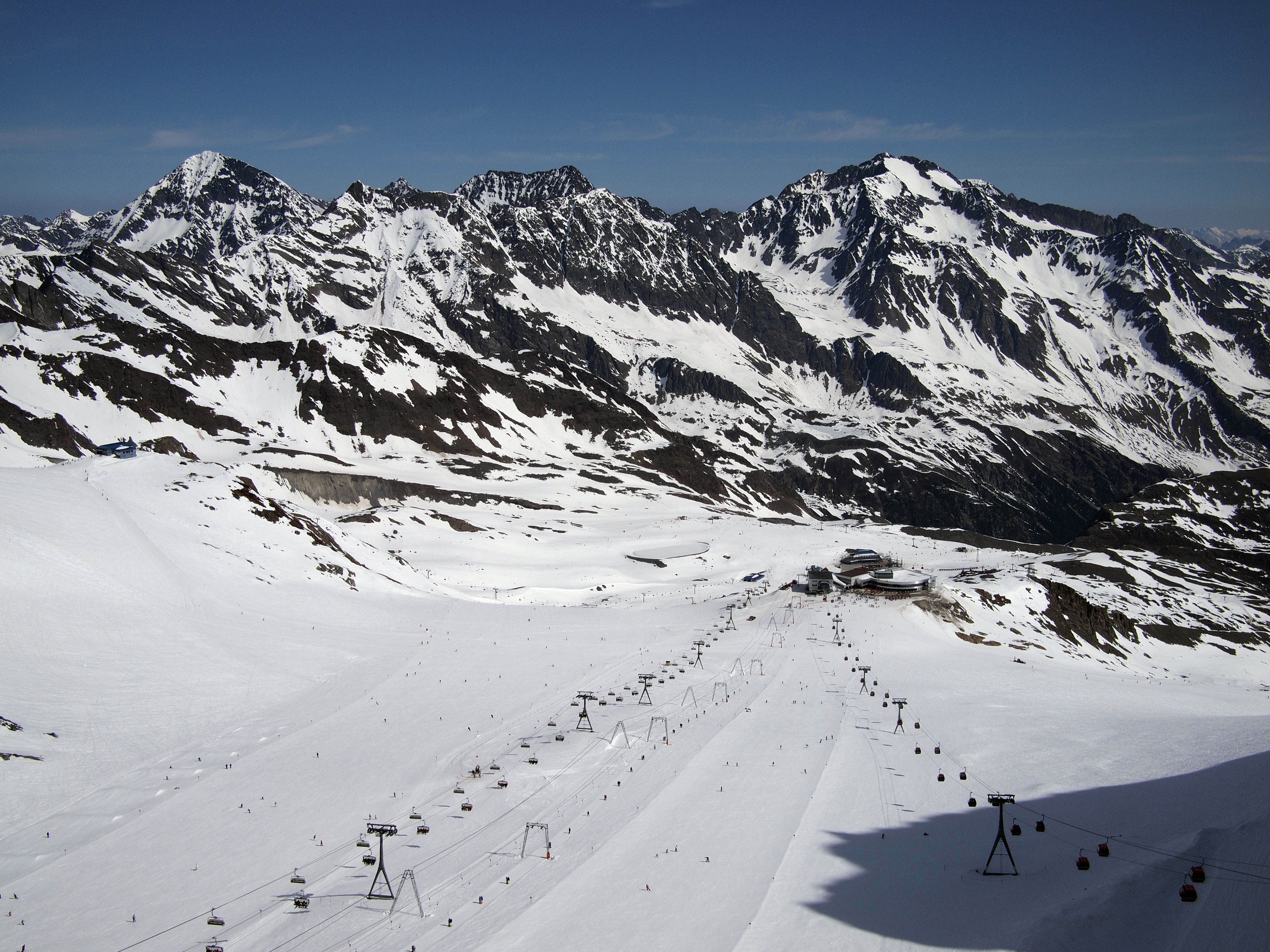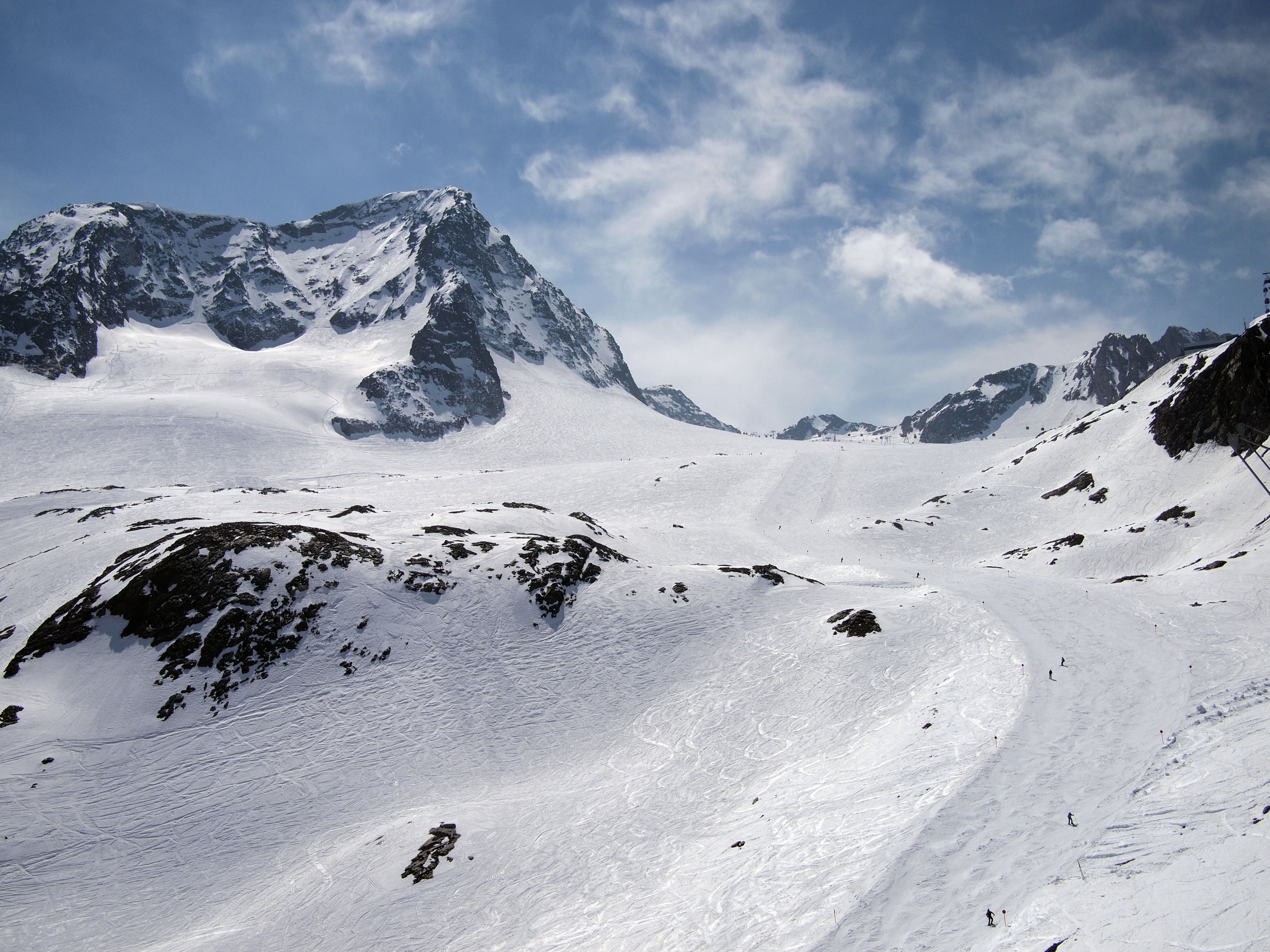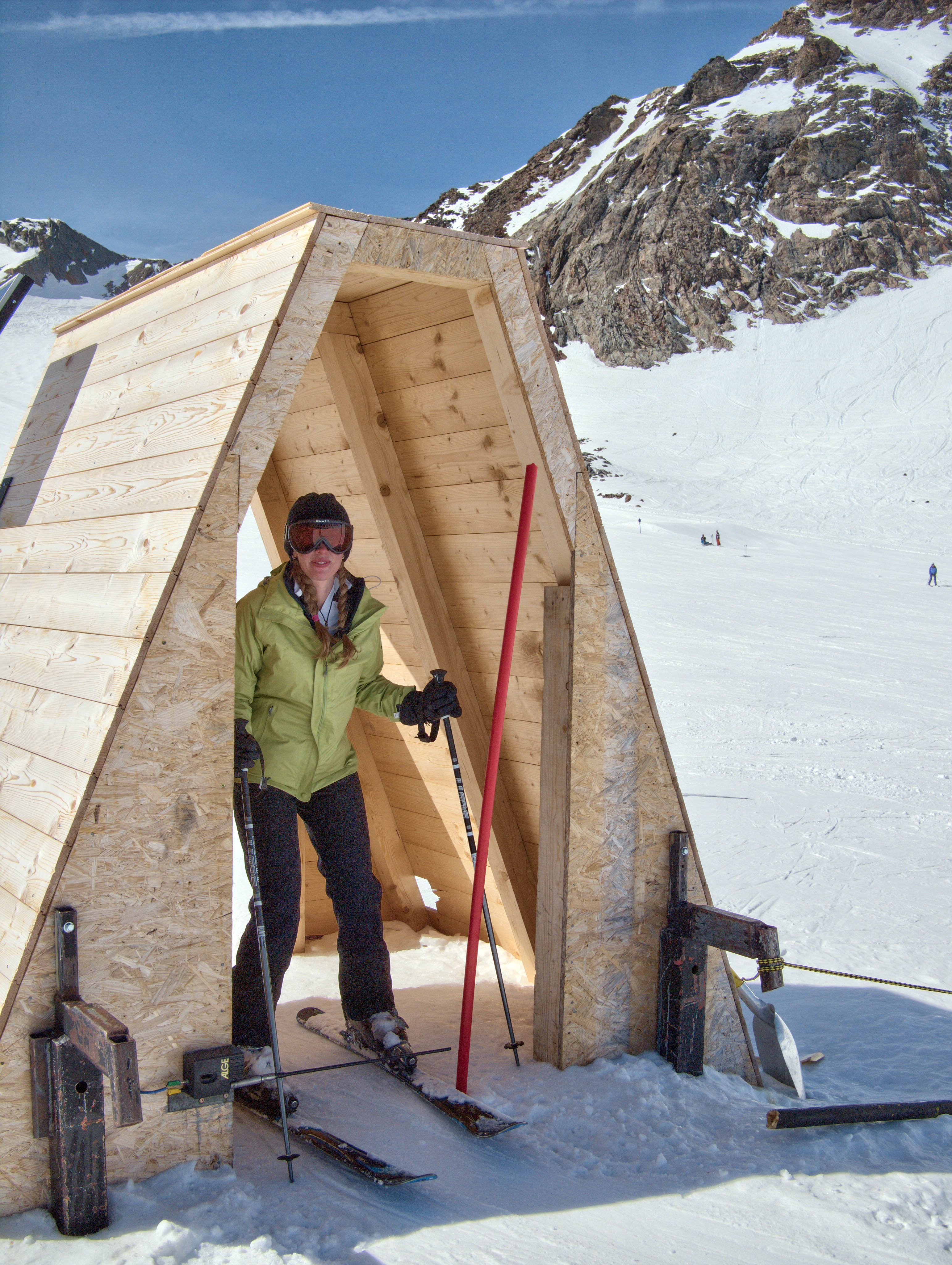Frau A and I went to our second Women's World Cup game in Augsburg, this one a quarterfinal matchup between Sweden and Australia (Sweden won, 3-1). On the train back to Munich, mobile phones kept us up-to-date on the first half of USA vs Brazil. We rushed home to catch the second half on television (and extra time, and penalty shots...).
What a game.
Of course, I was starved for ways to re-live the experience, and found some interesting web sites with more than just video replays.
ESPN.com has "Gamecast", which provides real-time (and archived) commentary, statistics, and neat graphical depictions of what happened. For example...
Their timeline shows key events in the game, such as goals, yellow/red cards, and substitutions:
 USA vs Brazil (First Half)
USA vs Brazil (First Half)
 USA vs Brazil (Second Half)
USA vs Brazil (Second Half)
 USA vs Brazil (extra time)
USA vs Brazil (extra time)
It was a real fight -- three yellow cards in the last 8 minutes of extra time. And I love seeing that US goal at the very end...
Gamecast also has a running feed of information throughout the game. If you're stuck at work without a live video stream, this is the next best thing (you end up waiting impatiently for each refresh, not knowing what to expect):

Statistics for the team and individual players are also updated in real time:
 USA vs Brazil - team statistics
USA vs Brazil - team statistics
It's interesting that even being down to 10 players for the last 56 minutes of the game, the US still managed 51% possession. Other than the US advantage in corner kicks, things look pretty even.
Here are the player stats...
 USA vs Brazil - individual statistics
USA vs Brazil - individual statistics
Wow - Carli Lloyd is a magnet for fouls, with 5 drawn and 5 committed! Wambach gets hammered (5 fouls against vs 1 committed) whereas Boxx must be our 'enforcer' (just the opposite).
Gamecast gets even better when you click on "Shots" and it shows a map of the location of every shot from the two teams. The US clearly favored the right side (or just had more success getting open there) while Brazil mapped more strongly to their left:
 USA vs Brazil - Gamecast shot map
USA vs Brazil - Gamecast shot map
Then, if you click on a shot (for example, the solid blue Abby Wambach goal on the left of course!) it will show you an animation of how that play develped! This one goes from Ali Krieger taking the ball from the Brazillian attacker, pass to Carli Lloyd at midfield, pass to Megan Rapinoe on the left wing, then her cross to Abby Wambach, and the shot:
 USA vs Brazil - development of game tying goal at 122'
USA vs Brazil - development of game tying goal at 122'
In contrast, Marta's goal early in additional time was set up by 5 forward passes, 4 backward passes, and a cross, many in tight quarters:
 USA vs Brazil - development of Marta goal at 92'
USA vs Brazil - development of Marta goal at 92'
In addition to raw statistics, you can see the "average" position of the players for each team. In this case, look how spread out the US defenders had to play (#6, #3, #19, and #11), whereas the Brazilian defenders stayed much more in the middle of the backfield (#3, #4, #5, and #13):
 USA vs Brazil - average position USA
USA vs Brazil - average position USA
 USA vs Brazil - average position Brazil
USA vs Brazil - average position Brazil
Gamecast also provides even more "where-they-were-most-active" detail info for individual players, called a "Heat Map". We can compare Abby Wombach with Marta because they both play the Center Forward - Left position. Wombach spends little time in the defensive end, whereas Marta ventures deeper (and obviously more often) into her own end. And look at how disciplined/consistent Abby seems to be lining up above the box - definitely not the organic Brazilian style!
 USA vs Brazil - Heat Map for Abby Wombach
USA vs Brazil - Heat Map for Abby Wombach
 USA vs Brazil - Heat Map for MartaRapinoe spent her time almost exclusively on the left side, and because she took most of the corner kicks gets mapping there too:
USA vs Brazil - Heat Map for MartaRapinoe spent her time almost exclusively on the left side, and because she took most of the corner kicks gets mapping there too:
 USA vs Brazil - Heat Map for Megan Rapinoe
USA vs Brazil - Heat Map for Megan Rapinoe
Even more interesting is the comparison of the goalies. Clearly Hope Solo has a much more aggressive style, coming further out and mirrors the left-weighted shot map of Brazil. (Obviously, the effectiveness of the Brazilian attack has a role in her positioning too):
 USA vs Brazil - Heat Map for Hope Solo
USA vs Brazil - Heat Map for Hope Solo
 USA vs Brazil - Heat Map for Andreia
USA vs Brazil - Heat Map for Andreia
Of course there are many other web sites with similar features. Adidas Match Tracker looks very in-depth, probably designed for the hard-core fan:

VisualSport keeps and displays data over an entire season and league, so performance changes over time might be trackable but it looks a little cartoon-ish:

Finally, of course, there are iPad and iPhone apps too! TotalFootball looks sharp:

An iPad option is the World Cup Visualizer. The engineer in me likes these things, because it allows you to look at the sport in a different way. I think statistics will continue to get more use by soccer clubs themselves and perhaps have the same impact that sabremetrics has had on baseball in the U.S..
 Thursday, July 21, 2011 at 9:00
Thursday, July 21, 2011 at 9:00  Frau A ...
Frau A ...  Post a Comment
Post a Comment 



